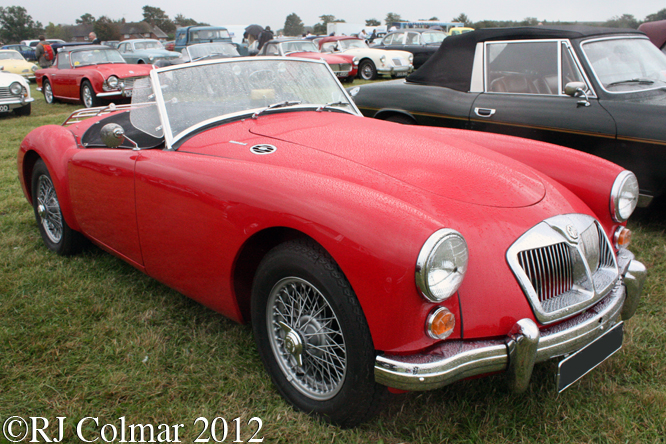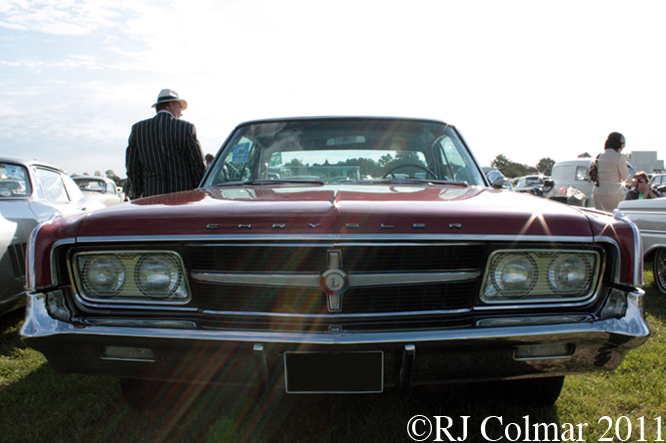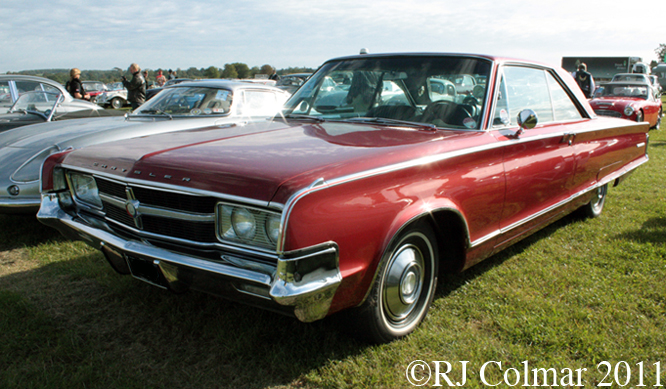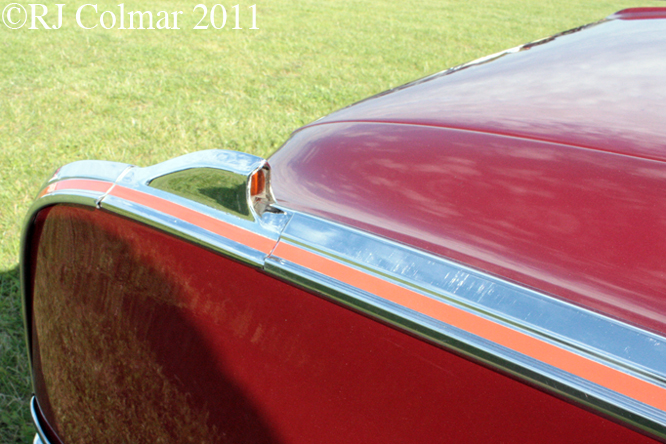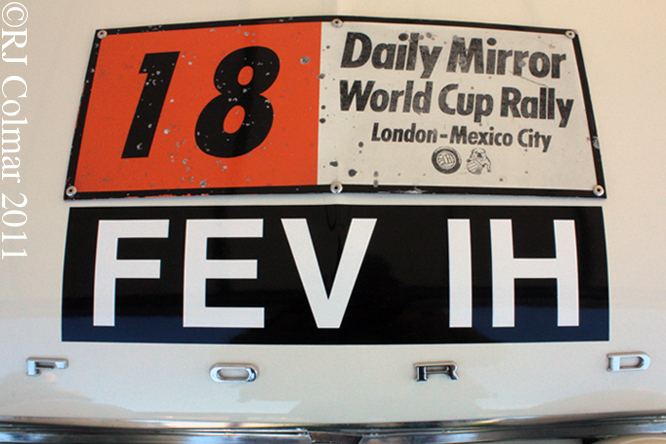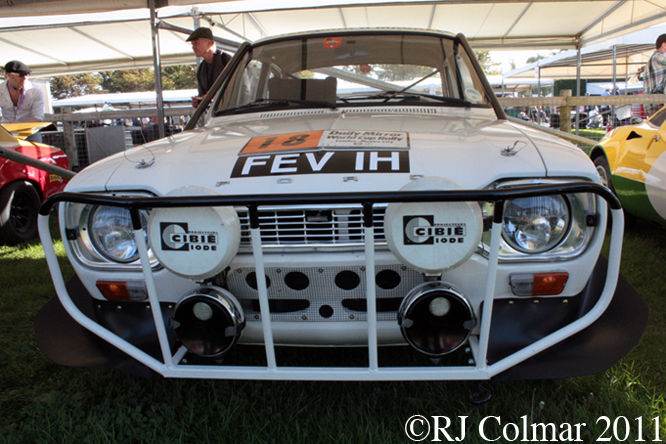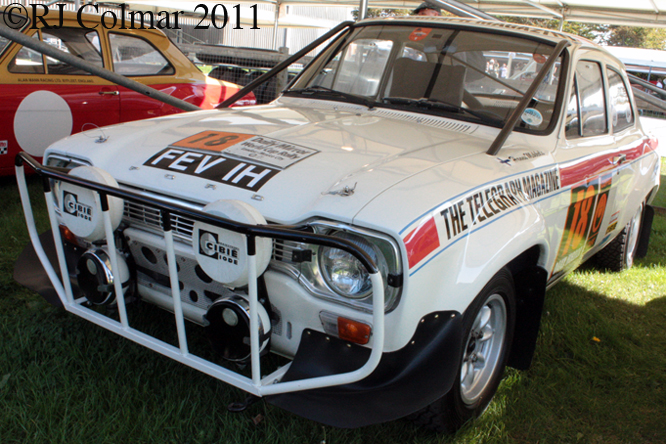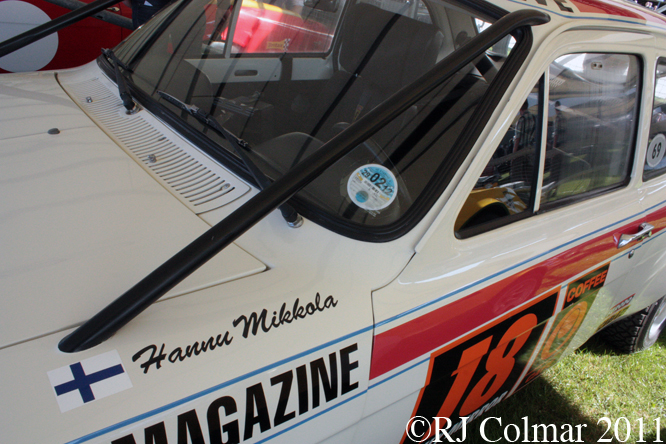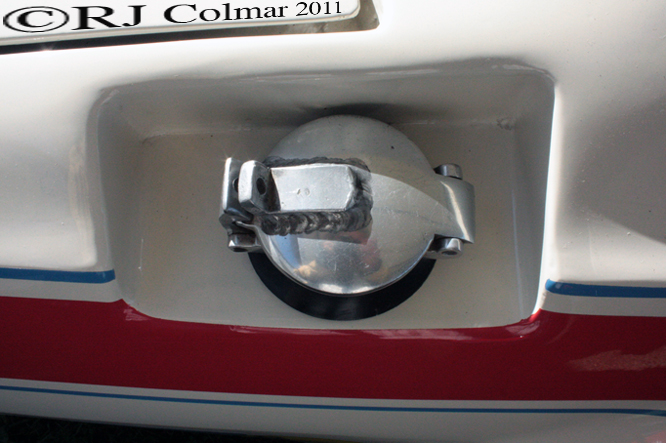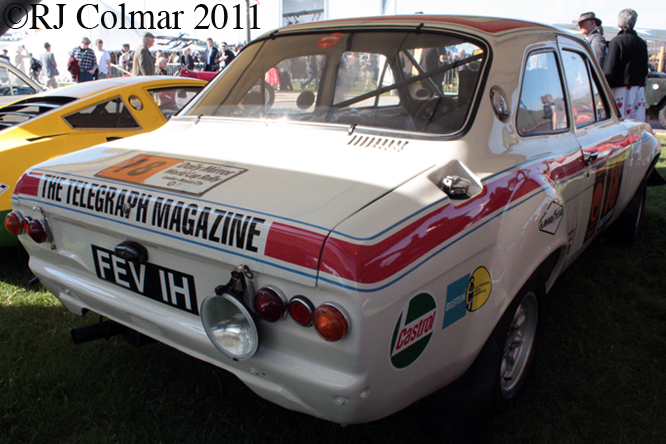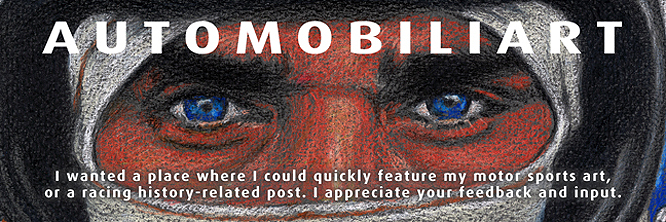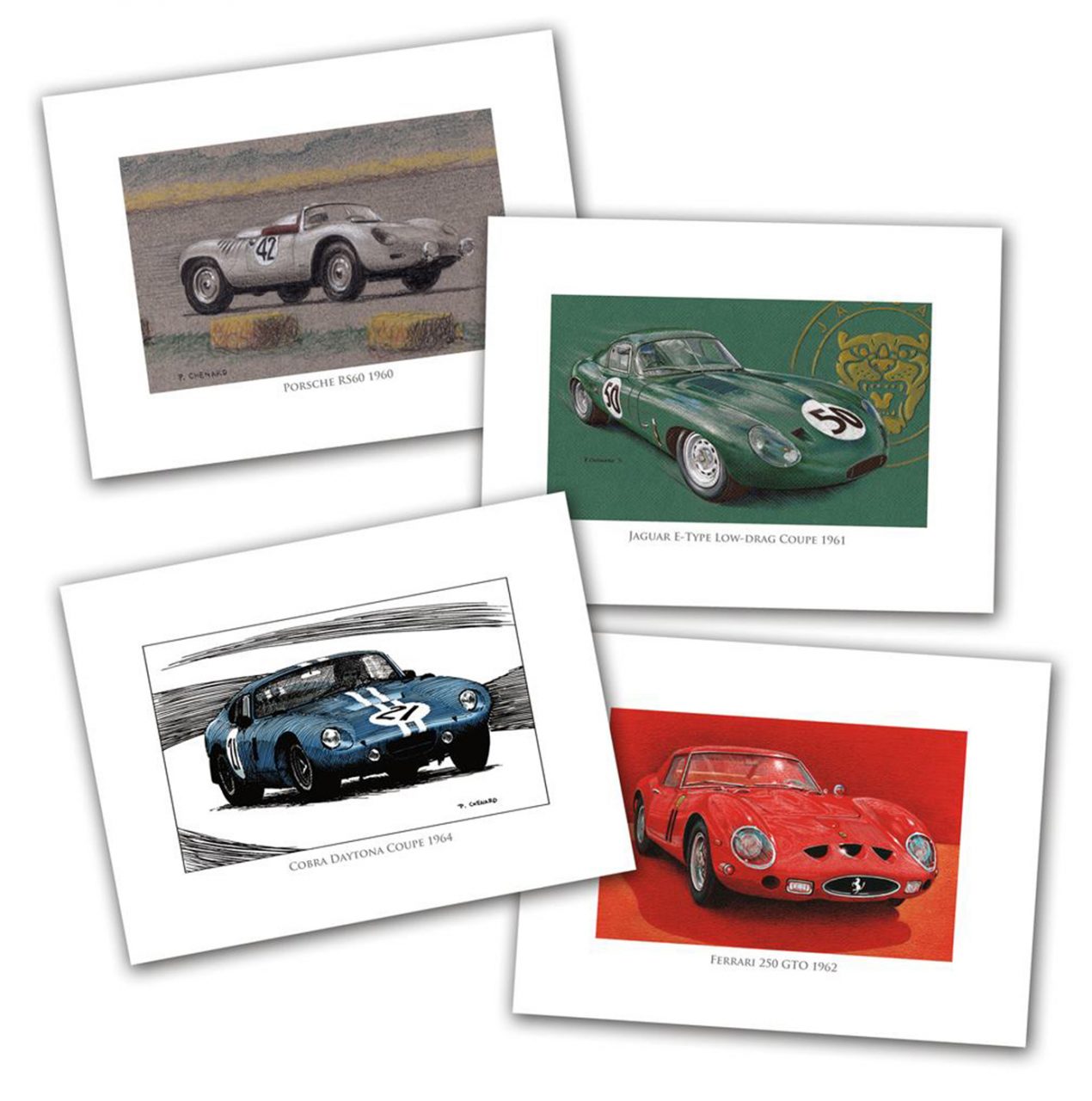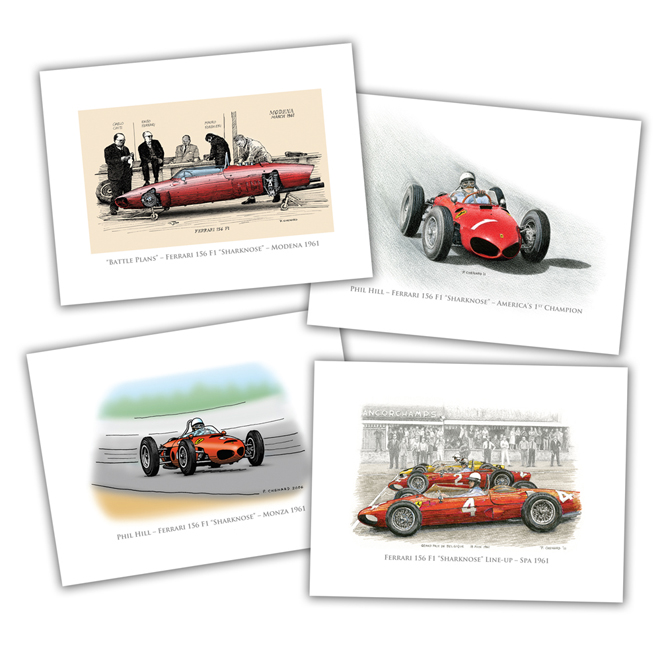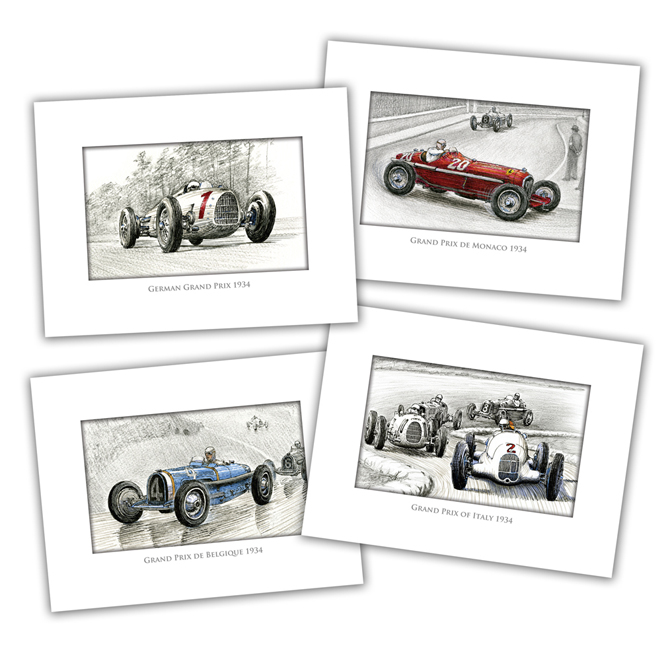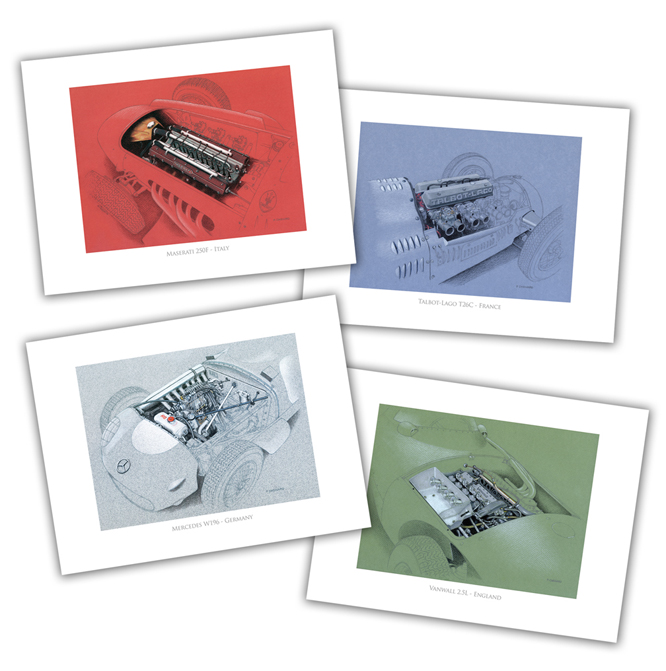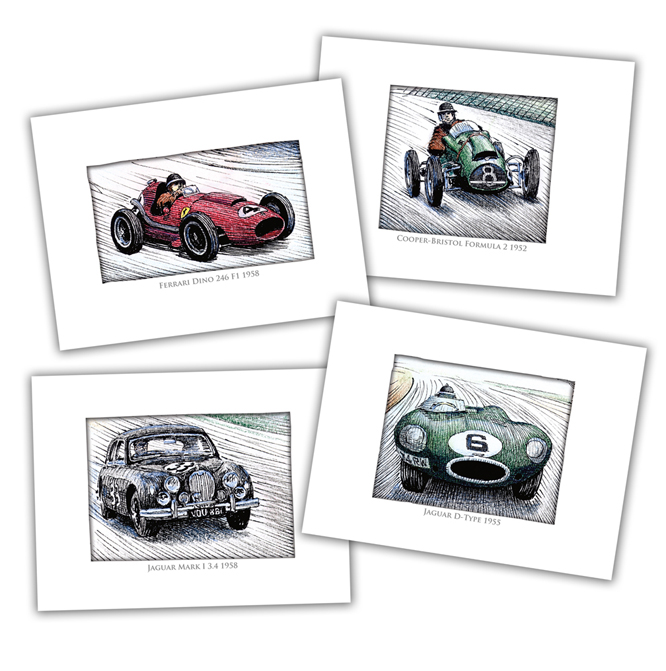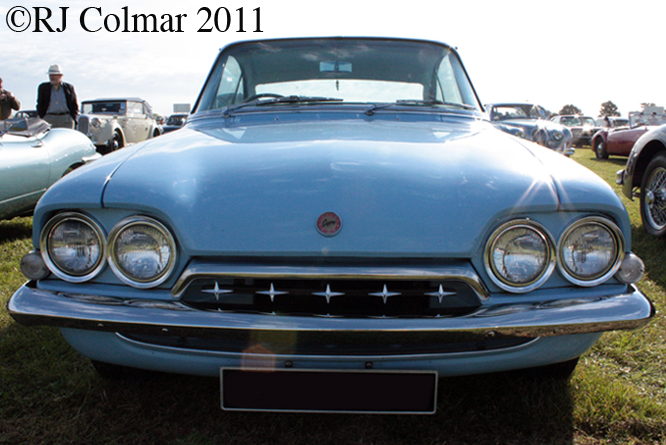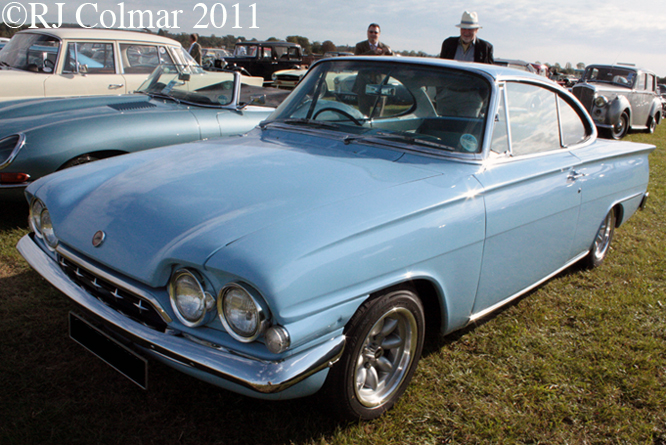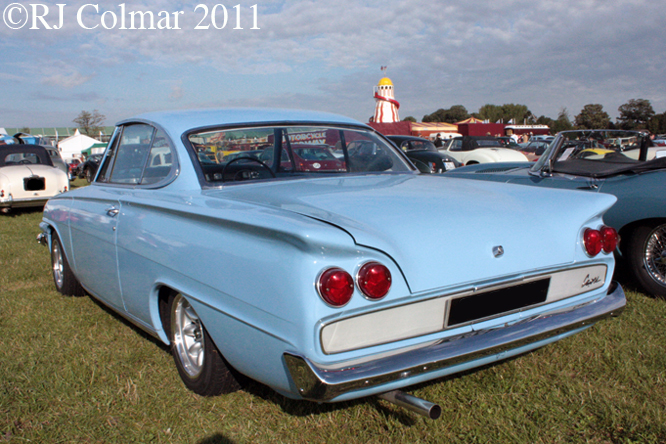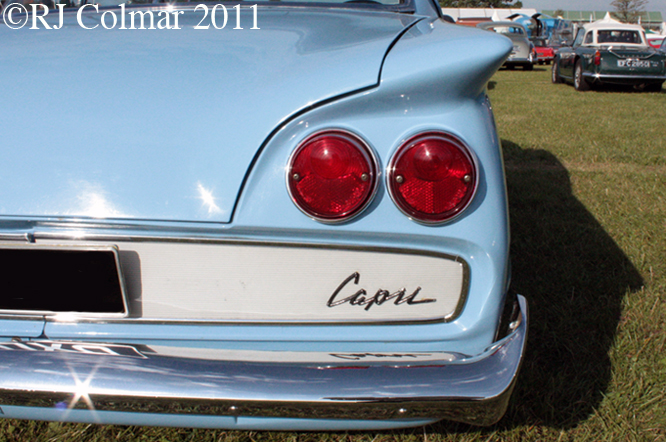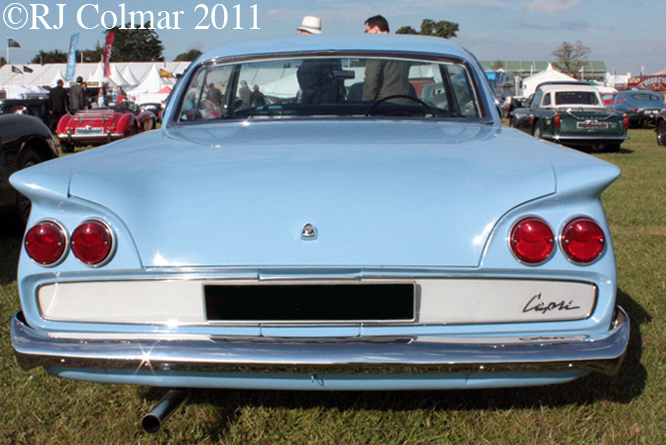Launched in 1960 the MGA 1600 MK II was the last of the MG A series cars to enter production. From the front the 1600 MkII wasdistinguishable from the original MGA 1600 by the bottom of the radiator grill with the bars either side of the central grill bar dropping away more radically on the later model.
There were many changes under the bonnet / hood that included a larger 1622 cc / 98.9 cui 90 hp 4 cylinder motor up from 1588cc / 96.9 cui which combined with larger valves and reworked combustion chambers in the cylinder brought the power up from 78 hp to 90 hp.
The new motor combined with new rear axle ratio’s improved the cars top speed to 102 mph, thought the acceleration from rest to 60 mph was slightly slower than than the model it replaced at 13.7 secs, as was the fuel consumption which dropped to 22.3 mpg imperial.
The is no truth in the internet rumour that Spencer Tracey backed his Dodge into an MGA at the Drive In in the film ‘Guess who is coming to dinner’, it was a hopped up hi boy. Among the films the MGA did have bit parts in was “Fast Lady”, blink and you might miss it in the linked trailer.
There is also speculation on the internet that Smokey Cook may have driven an MGA at Bowman-Gray Stadium in 1963 to record the last start by a foreign manufacturer in a NASCAR race until the arrival of Toyota in the 21st Century. No pictorial evidence has been found of what type of MG Smokey drove that day, though at least one photo has been found of Fred Harb driving a TD at Bowman fitted with a small block Chevy V8 allegedly picked up with a transmission for just $150 from a junk yard. It seems most likely that this is the type of “hobby stock class” grid filler from the tracks regular series rather than a specially prepared for NASCAR MGA. If you know different and have either documents or photographs to prove what kind of MG Smokey Cook drove at Bowman in 1963 please chime in below.
Like the MGA Twin Cam and 1600 De Luxe the 1600 MkII and MkII De Luxe had disc brakes all round with competition center lock wheels an optional extra. Between 1960 and 1962 MGA production tailed off with just 8,719 of these Mk II vehicles being built. Total MGA production between 1955 and 1962 reached 101,081 making it the all time best selling sports car of the day. Amazingly all but 5000 of the total MGA production run remained in the country of origin.
Thanks for joining me on this “NASCAR Contender ?” edition of ‘Gettin’ a li’l psycho on tyres’. I hope you will join me again tomorrow. Don’t forget to come back now !
16 09 12 Errata :- it has come to my attention that the original set of photo’s posted with this blog were of the earlier MG 1600 not the MkII with the distinctive grill now seen above at the 2012 Goodwood Revival. Apologies for any confusion.

